Sikkim becomes Summer Home to Swallows…once again.
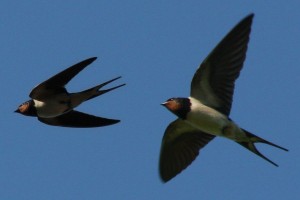 It was not such a long time ago when the arrival of migratory swallows to Gangtok and other parts of the North-Eastern Indian state of Sikkim heralded the arrival of the spring-summer season. But gradually the number of these visitors began decreasing owing to modernization. One summer when bird-lovers sighted just a handful in their lands they were eager to be more accommodative and bring back these very social birds. The efforts seem to have paid as Sikkim once again is turning to be the summer vacation spot for these fidgety little birds.
It was not such a long time ago when the arrival of migratory swallows to Gangtok and other parts of the North-Eastern Indian state of Sikkim heralded the arrival of the spring-summer season. But gradually the number of these visitors began decreasing owing to modernization. One summer when bird-lovers sighted just a handful in their lands they were eager to be more accommodative and bring back these very social birds. The efforts seem to have paid as Sikkim once again is turning to be the summer vacation spot for these fidgety little birds.
C L Kandoi, who owns a shop on MG Marg in capital city Gangtok remembers how the constant chirrups of the swallows were as much a part of the summers as the advent of the tourists. But slowly the sounds became scantier.
He recalls, “We have been living here in Sikkim for the past 130 years and our family has been running this shop for the past 50-60 years. Earlier swallows used to come and make their nests here frequently. After some time they suddenly stopped and now again over the last 5-6 years they have begun returning and nesting and in the last three years they have been hatching their eggs right here.”
In Kandoi’s shop there were 4 chicks who were born in 2009. Later in 2010 there were four more and this year the numbers of younglings born have increased to 5.
The swallows have a characteristic deeply forked tail with a steel blue upperpart and a chestnut coloured throat patch separated from the off-white under parts by a blue-black breast band.
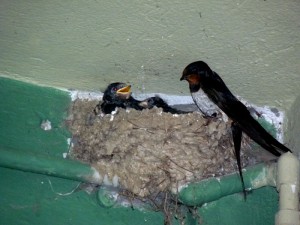 In the summers they are looking for a safe nesting place to lay their eggs. The eggs hatch in about 15 days and in another 15 the young ones begin their first flight lessons.
In the summers they are looking for a safe nesting place to lay their eggs. The eggs hatch in about 15 days and in another 15 the young ones begin their first flight lessons.
Sikkim was always home to them in the past. Adding to the cacophony of sounds in the bazaars, experts say earlier they could be seen in thousands. But now the numbers have dwindled to a few hundred.
“These highly social birds have always been a pleasant feature around MG Marg and other parts of the capital; sadly, they are getting raw deal with modernisation and it is shocking that one has to actually search hard to be able to even sight them, but thanks to a few establishments in town like Sikkim Medical Hall, you still do,” says Usha Lachungpa, senior scientist at Department of Forest Environment and Wildlife. Lachungpa.
Ironically, these insectivorous birds do humans a favour by staying in their vicinity. Always looking for small insects and maggots, they help keep the premises clean of pests. And yet, beautifications, modernisation and urban buildings have very little space left for these birds to build a home. Add to it the changing climate conditions and lack of old wooden structures, and the swallows really have very little left in the town to call their own.
For people like Kandoi, though in spite of all the modernisation, summer in Sikkim is incomplete without the swallows. Even Birdman Salim Ali has in his book highlighted the importance of these birds in the Sikkim landscape.
He writes,
“Gangtok town and bazaar, it is a familiar sight to see numbers of swallows shooting up and down at high speed close over the road surface in pursuit of midges and flies, twisting and dodging their way in amongst mules and, loiterers and other obstacles with the utmost dexterity and confidence of safety…birds take possession of traditional sites within bazaar shops and dwellings, perching on brackets, wall clock and the like, and twittering spiritedly an arm’s length above the heads of noisily haggling customers!”
The birds of a place are as much a part of the culture and character of that land as the people or the cuisine. Losing them is finally also losing the character of the land bit by bit. It will be tragic to see Sikkim lose its fluttery summer guests. With a bit of luck and care locals need to make sure that summers and swallows keep brightening the months of March to May in this state for years to come.
-Atula Gupta
Article reference: Zeenews
Related Stories:





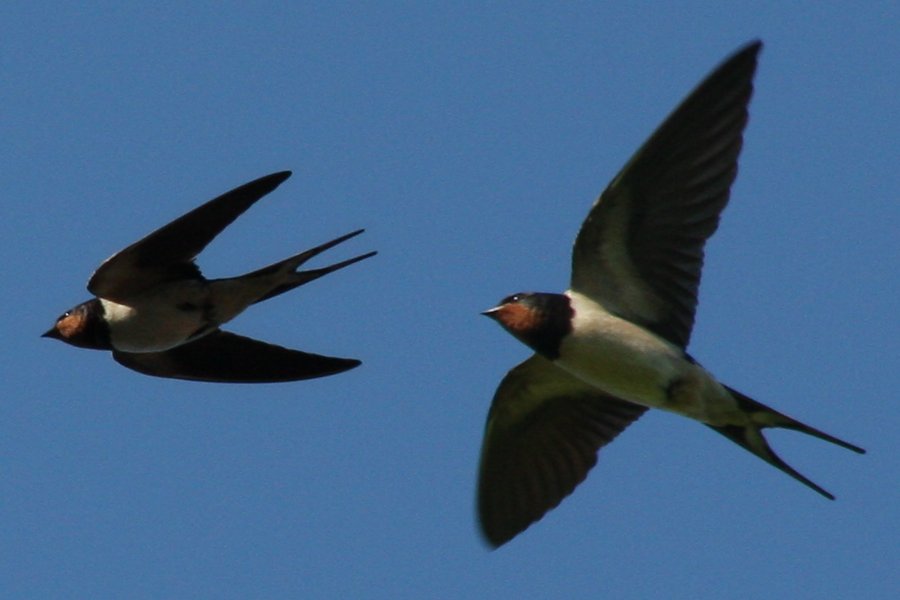
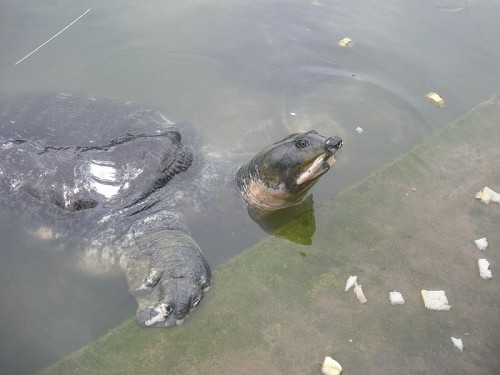
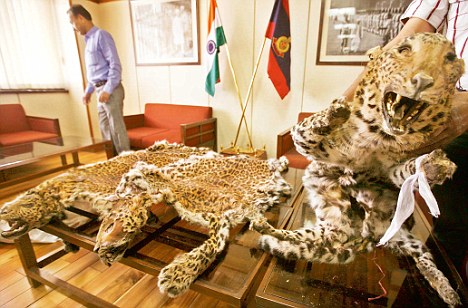


I have a whole lot of pitures of barn swallow taken in Blacksburg, USA when I had gone to watch a match played Oni for the Virginia Tech Cricket Club – I have some amazing shots of the bird as well as its nest – I remember seeing them regularly in that area – had no idea that the bird is threatened in India.
This summer, I went to my native place ( Pithoragarh) in Uttarakhand. There I saw a lot many swallows. In fact I was so surprised that this bird has always been there (as I was told by my parents) but I never noticed it earlier. They have nests in every other house or shop and it is considered that it brings prosperity so people love having the nest at their place. In Kumaon ( Uttatakhand), it’s called ‘Gautayya’. I even made a video, the bird feeding its young ones.
Thank you Bhawana for sharing your memory with us. It would be great if you could share your video too. You can send to contact@indiasendangered.com. Swallows are beautiful birds and I’m glad people of Uttarakhand are letting them nest there.
Sure, I would love to share the video.